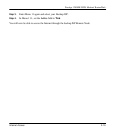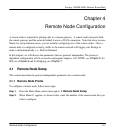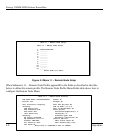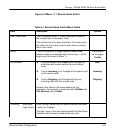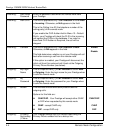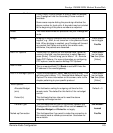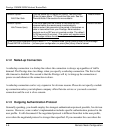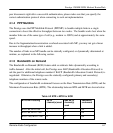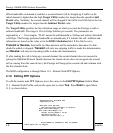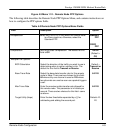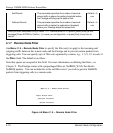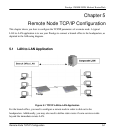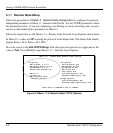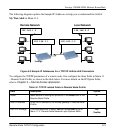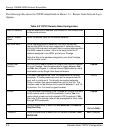
Prestige 128IMH ISDN Modem/ Router/Hub
Remote Node Configuration 4-7
peer disconnects right after a successful authentication, please make sure that you specify the
correct authentication protocol when connecting to such an implementation.
4.1.4 PPP Multilink
The Prestige uses the PPP Multilink Protocol (PPP/MP) to bundle multiple links in a single
connection to boost the effective throughput between two nodes. The bundle works best when the
member links are of the same type of call (e.g., modem vs. ISDN) and at approximately the same
speed.
Due to the fragmentation/reconstruction overhead associated with MP, you may not get a linear
increase in throughput when a link is added.
The number of links in an MP bundle can be statically configured, or dynamically determined at
runtime, as explained in the following section.
4.1.5 Bandwidth on Demand
The Bandwidth on Demand (BOD) feature adds or subtracts links dynamically according to
traffic demand. After the initial call, the Prestige uses BAP (Bandwidth Allocation Protocol) to
ask the peer for additional telephone number if BACP (Bandwidth Allocation Control Protocol) is
negotiated. Otherwise, the Prestige uses the statically configured (primary and secondary)
telephone numbers of the remote node.
The configuration of bandwidth on demand focuses on the Base Transmission Rate (BTR) and the
Maximum Transmission Rate (MTR). The relationship between BTR and MTR are shown below:
Table 4-2 BTR v MTR for BOD
BTR & MTR Setting No. of
channel(s) used
Max No. of
channel(s)
used
Bandwidth
on demand
BTR = 64, MTR = 64 1 1 Off
BTR = 64, MTR = 128 1 2 On
BTR = 128, MTR = 128 2 2 Off



